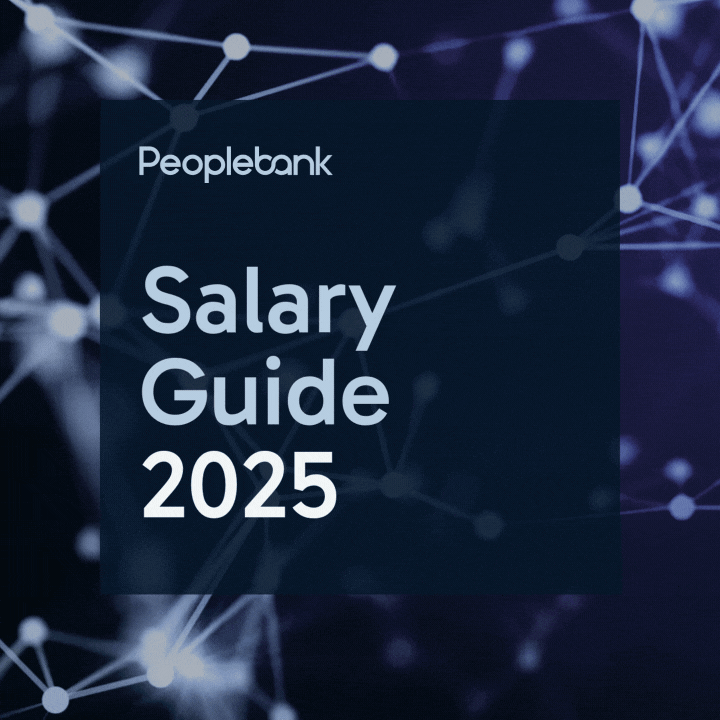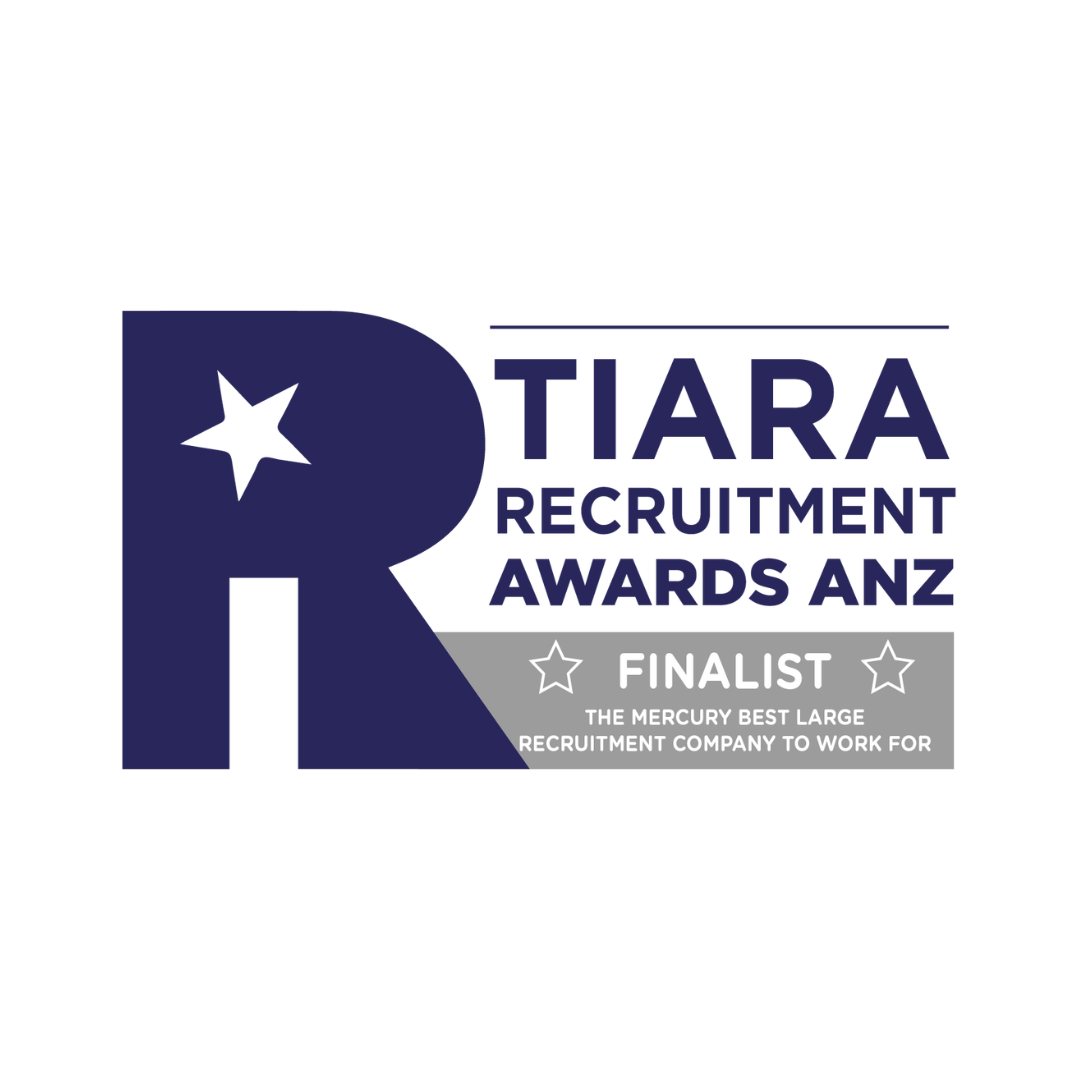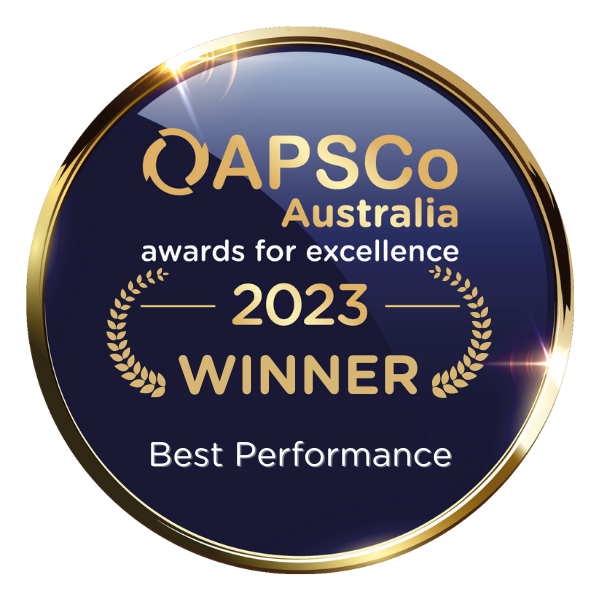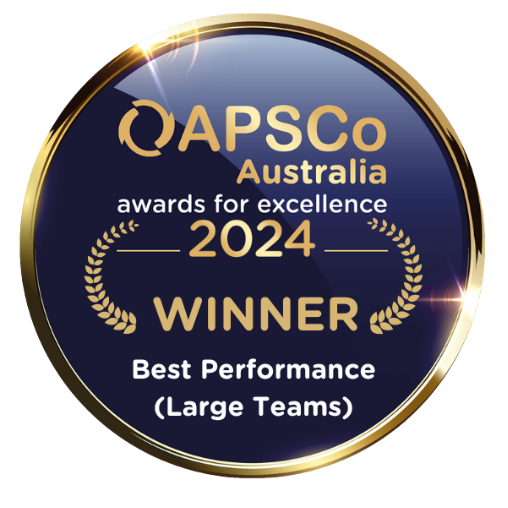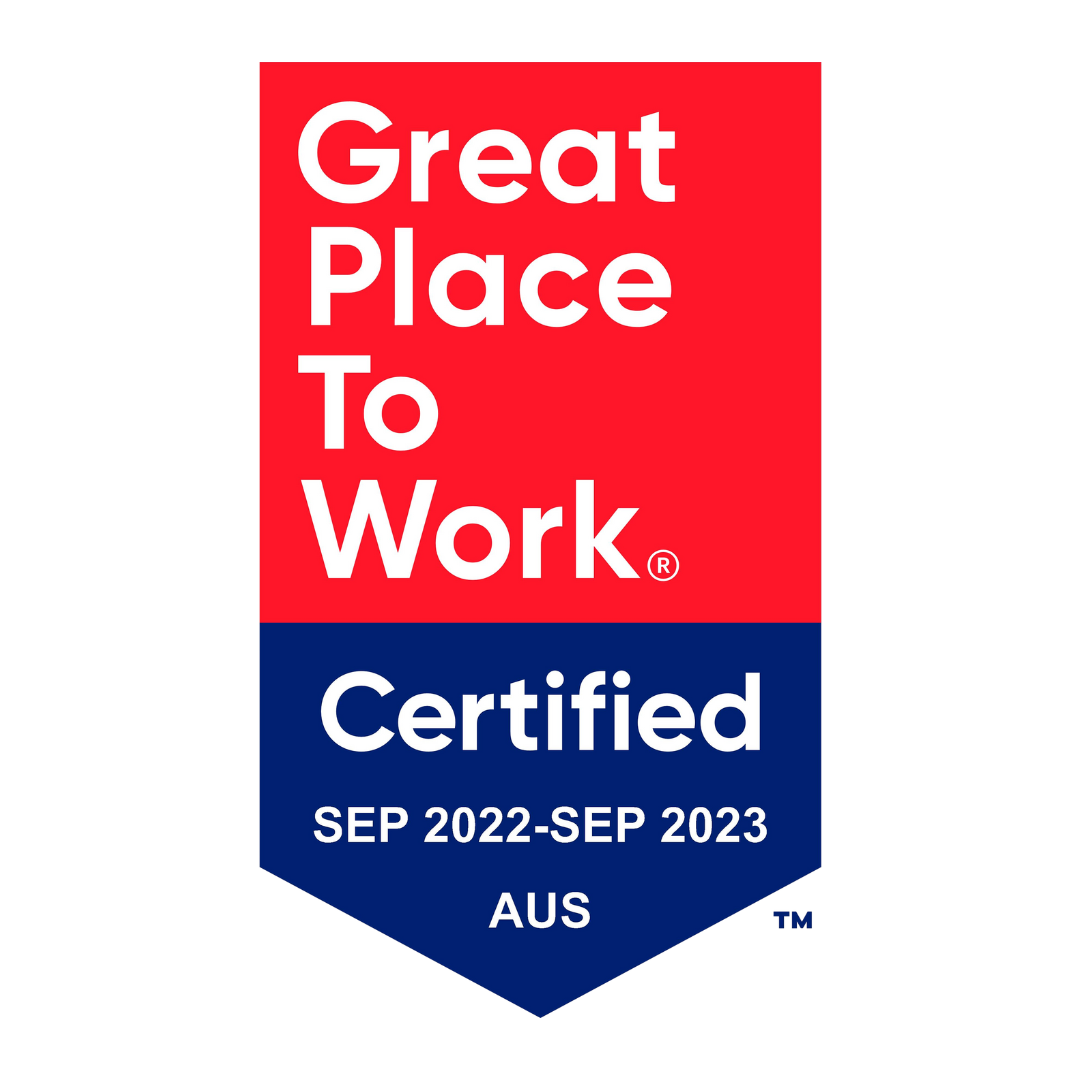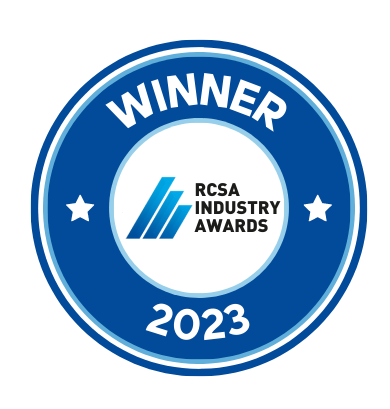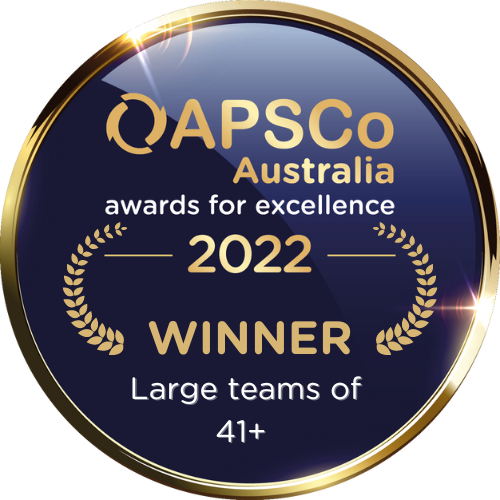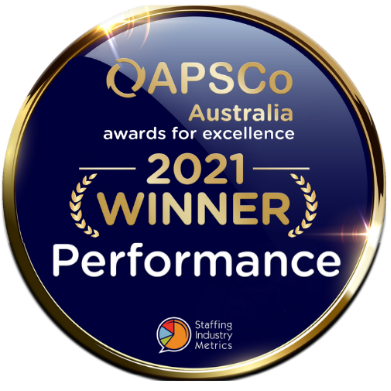In the tech industry, your resume is more than a list of jobs, it’s your personal marketing tool. To help you craft a resume that gets noticed, we sat down with Jaylene Quiaonza, a Project Management & Technical IT Recruiter at Peoplebank, who shared her best advice and industry secrets. Below, you’ll find a resume guide built around Jaylene’s expert tips, with her insights highlighted throughout.
How to Write a Standout Tech Resume
Expert Insights from IT Recruiter Jaylene Quiaonza
1. Start with Strong Personal Details
Jaylene emphasises the importance of having up to date contact information: “Very often we see CVs that don't even have a name on it.” Don’t forget your location (city is enough), phone number, email, and especially your LinkedIn profile. If you’re a developer, Jaylene says, add a “GitHub link if you have one… especially if you’re more junior as it can showcase a lot more of your personal projects.”
2. Write a Focused Summary
Jaylene recommends that in your personal summary at the beginning of your resume you mention “who you are, what you've done and how many years of experience you have.” Essentially, you’re “putting the whole CV into three to four sentences.”
She also points out that adding soft skills in this section brings out your personality in the resume, helping it stand out, especially when “most developer CVs look exactly the same.”
3. List Technical Skills Clearly - “Technical skills are really important for your more technical roles.”
Jaylene prefers a breakdown by category; technologies, microservices, tools, databases, etc, but warns that the skills section should only include “things you've actually worked with.” She also notes that while tables look good, formatting can sometimes be inconsistent when applying through different ATS systems, so sometimes it is easier to just write a list.
Above all, “If it's on your CV, you should be able to speak to it” in an interview.
4. Detail Your Career Experience
Jaylene advises, “You want to talk about what projects are you working on, your key responsibilities and your achievements.” For each role, list:
- Key information: Dates, Company, Title, Location
- Project Overview: If relevant, highlight your most impressive project(s) whilst working this role.
- Key Responsibilities & Achievements: Use clear bullet points. Jaylene suggests putting things like, “completed project two weeks ahead of schedule or 30% under budget.”
- Technologies Used: Be specific and consistent with your technical skills section.
She also notes, “Not everyone reading your CV is technical… so you want to make sure it's really easy to read, and it makes a lot of sense for whoever's reading it.”
5. Education & Certifications
Jaylene recommends applicants include all relevant certifications “as it shows you’re constantly upskilling” and of course any formal education (BSc, MIT, MBA). Placement within the CV isn’t critical, just make sure they’re easy to find.
6. References
Having “references ‘on request’ is fine.” This keeps your resume focused and concise.
7. Final Tips from Jaylene
- “Don't add technologies you learned about at university if you’ve never used them in practice.”
- “Always be upskilling and include new certifications.”
- “Bring in key achievements and quantify with numbers where possible”
On resume length: “If you've got 20 years of experience, trying to squash that onto 2 pages, it's not gonna work. For someone that's mid-range of their career, I'd say anywhere between 3 to 7 pages is pretty standard.” To avoid being too long, Jaylene suggests summarising roles into bullet points beyond the last 10 years.
A well-structured, skills-focused tech resume not only tells your story but demonstrates your professionalism, let your unique skills and experience shine through, just as Jaylene recommends.
Ready to put your standout resume to work? Browse tech jobs at Peoplebank now!






